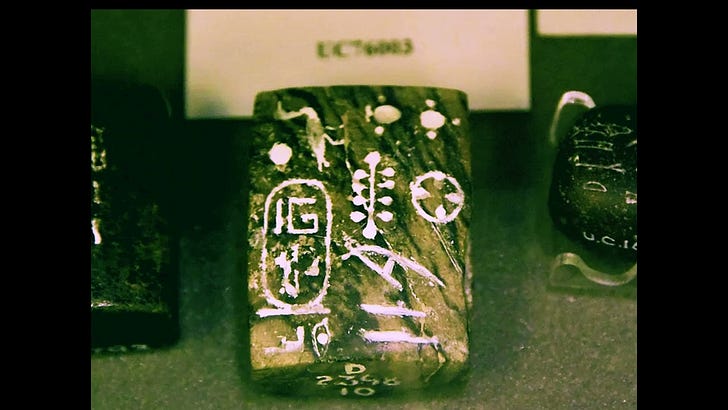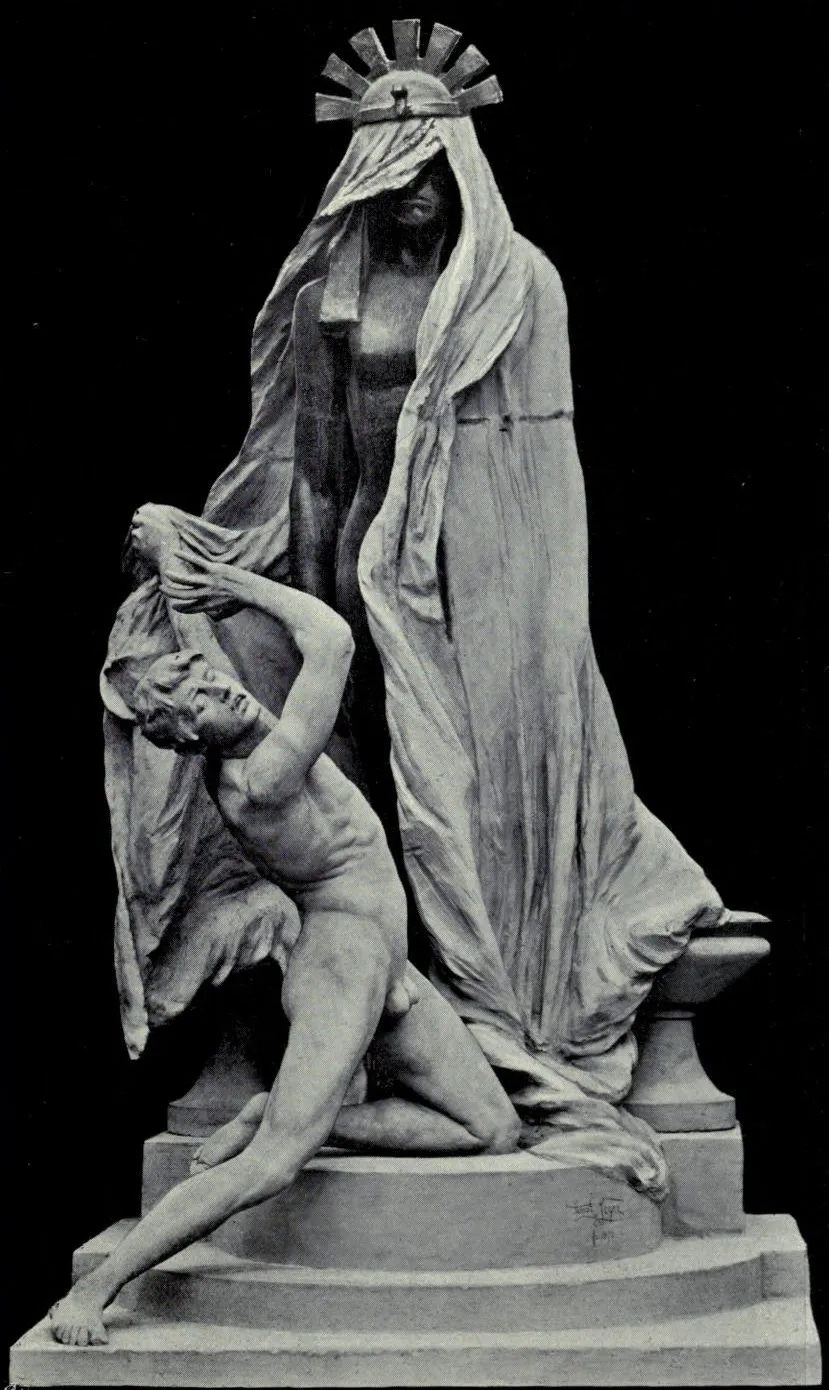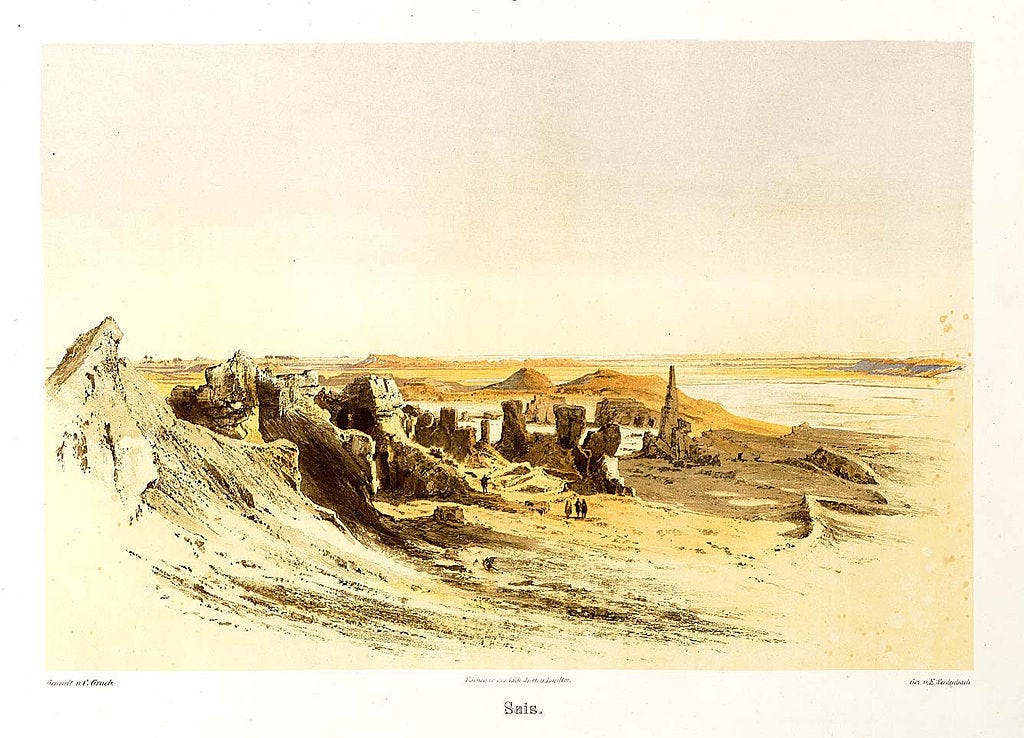Warning: this post is not about aliens.
With Ancient Egypt back in the headlines and re-igniting all sorts of theories, a few additional reflections on the question of Egypt and the history of Western civilization’s spiritual development seem appropriate for our times.
Friedrich Schiller’s classic poem “The Veiled Image at Sais” (1795) and his related historical study on Moses and the Egyptian mysteries, “The Mission of Moses” (1789), remain fruitful sources of insight on a topic which has of late captivated the Western imagination.
While not about giants, Nephilim, magical spells or alchemy, Schiller’s poem paints the nonetheless bewitching and provocative portrait of a young, precocious and naive acolyte of the Ancient Egyptian priests at Sais. The boy longs to pierce the veil of the “Mysteries,” even if the intentions and motivations underlying his mystical quest haven’t been fully internalized or evaluated by the would-be initiate.
Schiller’s poem is a reflection on man’s innate desire for knowledge, but also the different and often opposing motivations underlying one’s pursuit of said knowledge and its mysteries.
In terms of historical background, Sais was an ancient Egyptian city located on the eastern side of the Nile Delta. Among other things, Sais was said to be the city where an ancient Egyptian priest recounted the story of Atlantis to Solon, including its military campaigns against Greece and Egypt, and its ultimate destruction by natural catastrophe. Solon is said to have visited Egypt in 590 BC.
Relevant to the poem in question, Sais was purportedly home to a statue of Isis, whose pedestal read, “I am everything that is, that was, and that will be; no mortal man has lifted my veil.” The lines echo the famous episode from Exodus, in which God states His own name for the first time: “God said to Moses, ‘I AM WHO I AM.’”
Keep reading with a 7-day free trial
Subscribe to Age of Muses to keep reading this post and get 7 days of free access to the full post archives.





